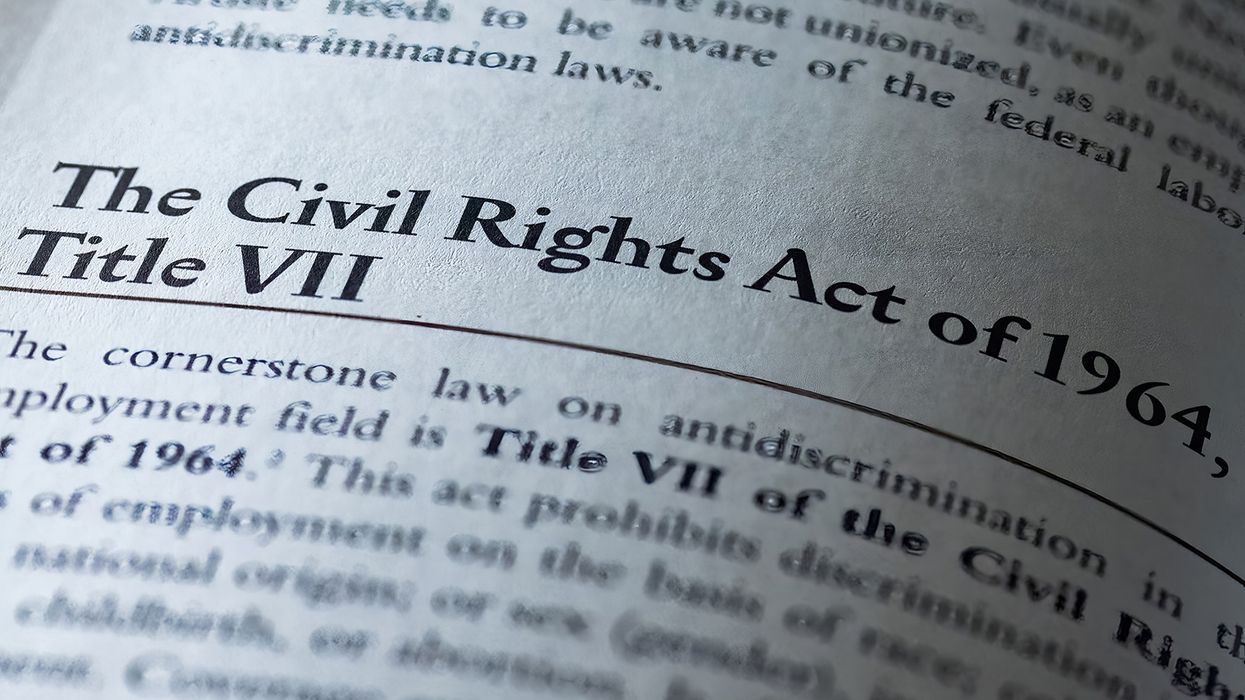Mandatory job transfers could be discrimination, Supreme Court ruled
The U.S. Supreme Court unanimously ruled on April 17 that making an employee transfer to a similar job, even at the same rate of pay, could be job discrimination.
Thus, the unanimous decision makes it easier for employees to sue employers for discrimination when such measures are taken.
Case background
The case involved a female police officer’s claim that she was transferred to a different position because of her sex, which is in violation of Title VII of the Civil Rights Act of 1964. While the pay for job the officer was transferred to was equal to that of her previous job, it was a less prestigious position with different hours and responsibilities.
Lower federal courts sided with the city that employed the police officer in the gender discrimination and retaliation claims, with the 8th U.S. Circuit Court of Appeals saying she had not suffered a “materially significant” disadvantage.
Two justices’ opinions
Justice Elena Kagan wrote in the Supreme Court’s opinion that, “Although an employee must show some harm from a forced transfer, she need not show that the injury satisfies a significance test.”
Title VII’s text, Kagan wrote, nowhere establishes that higher bar.
While in agreement with the decision, Justice Brett Kavanaugh wrote a separate opinion stating that “the Court’s new some-harm requirement appears to be a relatively low bar.” His writing indicated he would have preferred describing the requirement as, ‘some additional harm.’
“Importantly, the Court emphasizes that ‘some harm’ is less than significant harm, serious harm, or substantial harm,” Kavanaugh wrote. “Therefore, anyone who has been transferred because of race, color, religion, sex, or national origin should easily be able to show some additional harm—whether in money, time, satisfaction, schedule, convenience, commuting costs or time, prestige, status, career prospects, interest level, perks, professional relationships, networking opportunities, effects on family obligations, or the like.
“So even though I respectfully disagree with the Court’s new some-harm requirement, I expect that the Court’s approach and my preferred approach will land in the same place and lead to the same result in 99 out of 100 discriminatory transfer cases, if not in all 100.”
What the ruling means for employers
The Court’s ruling is a reminder to employers that employment decisions should never be made for discriminatory reasons, i.e., based on an employee’s membership in a protected class. Employment decisions — hiring, promoting, transferring, etc. — must be made based on objective factors such as skills, qualifications, and experience.
When an employer wants to transfer an employee to a different position, it is always a best practice to document the business reasons for doing so. Such documentation could show a court that a job transfer was not done for discriminatory reasons.
Key to remember: The Supreme Court ruled that the harm from a forced job transfer need not be severe to be considered discrimination under Title VII.
































































